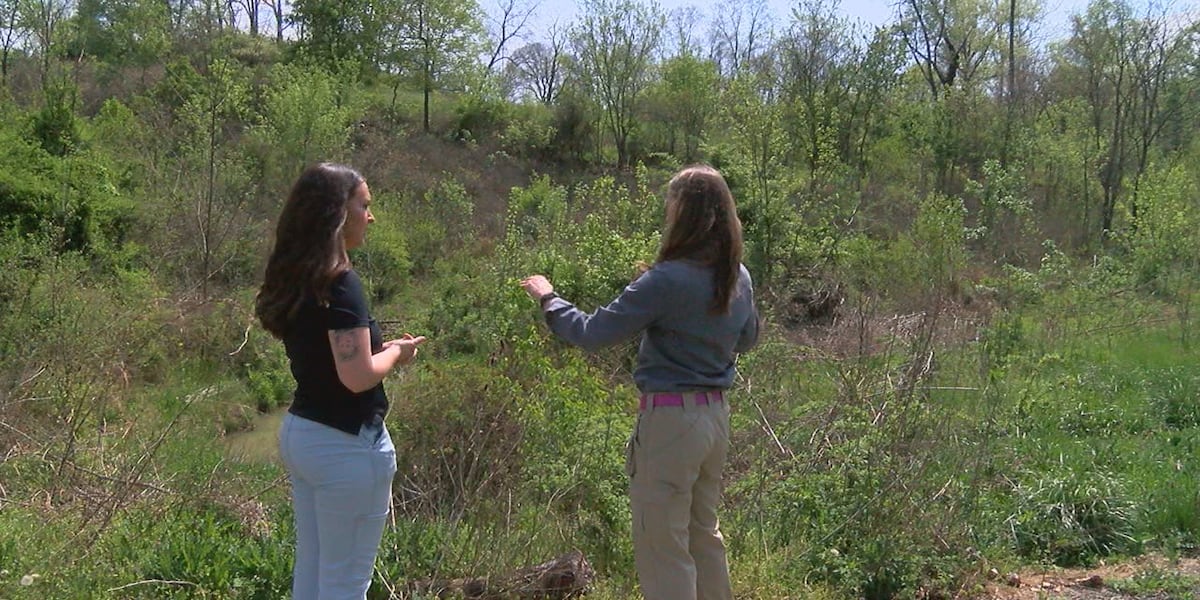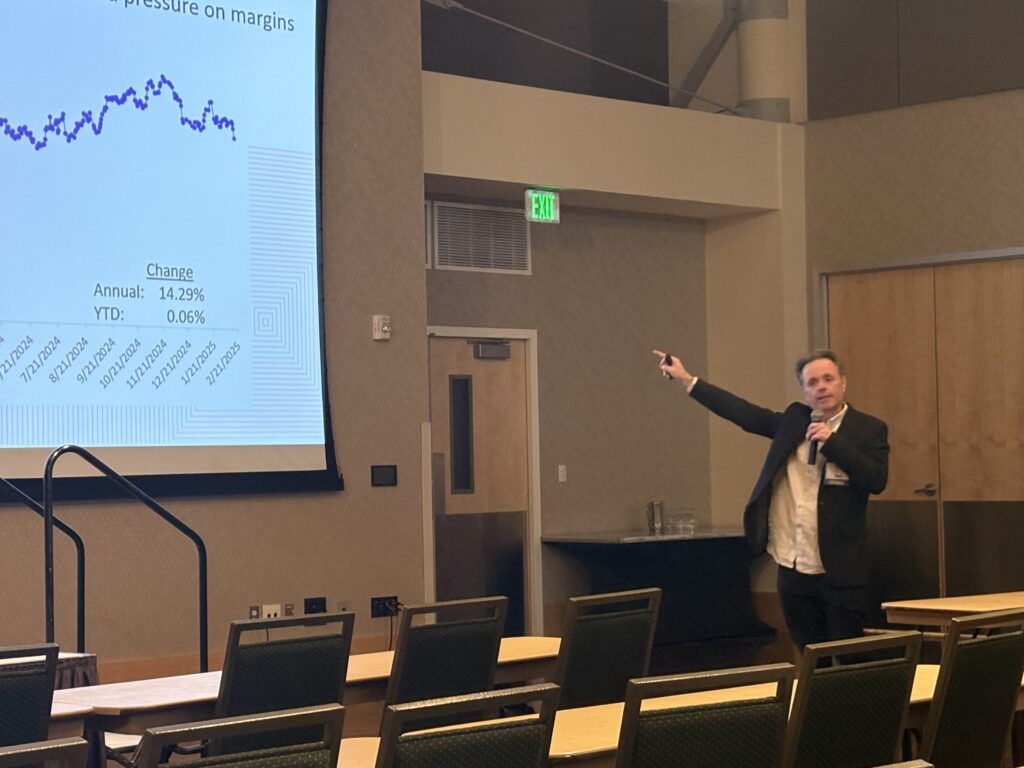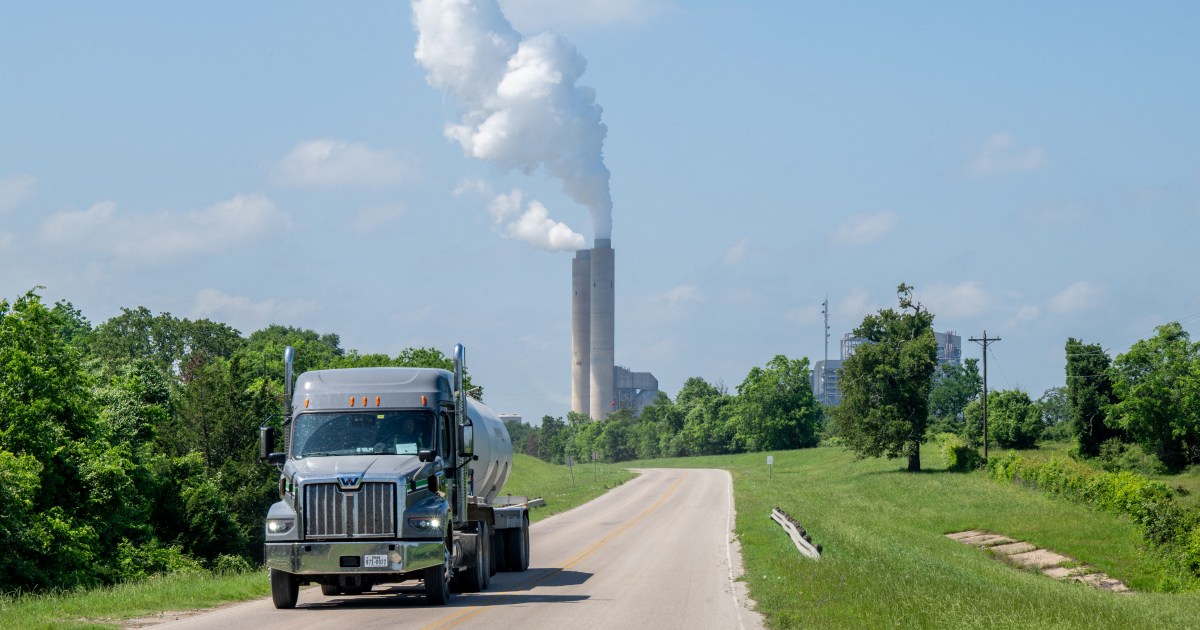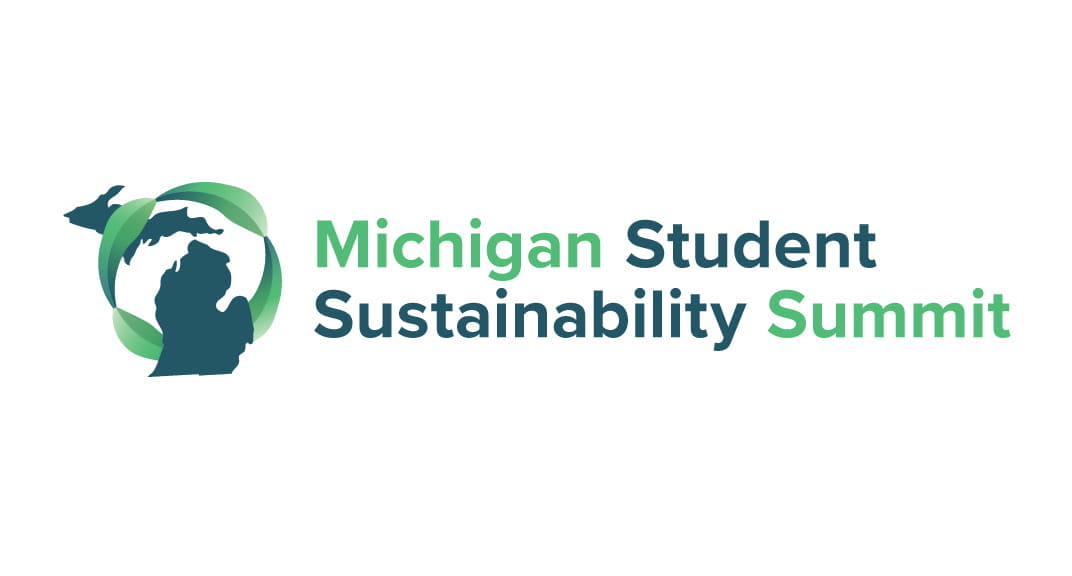Green Pause: Environmental Experts Weigh In on Brown's Controversial Net-Zero Pivot
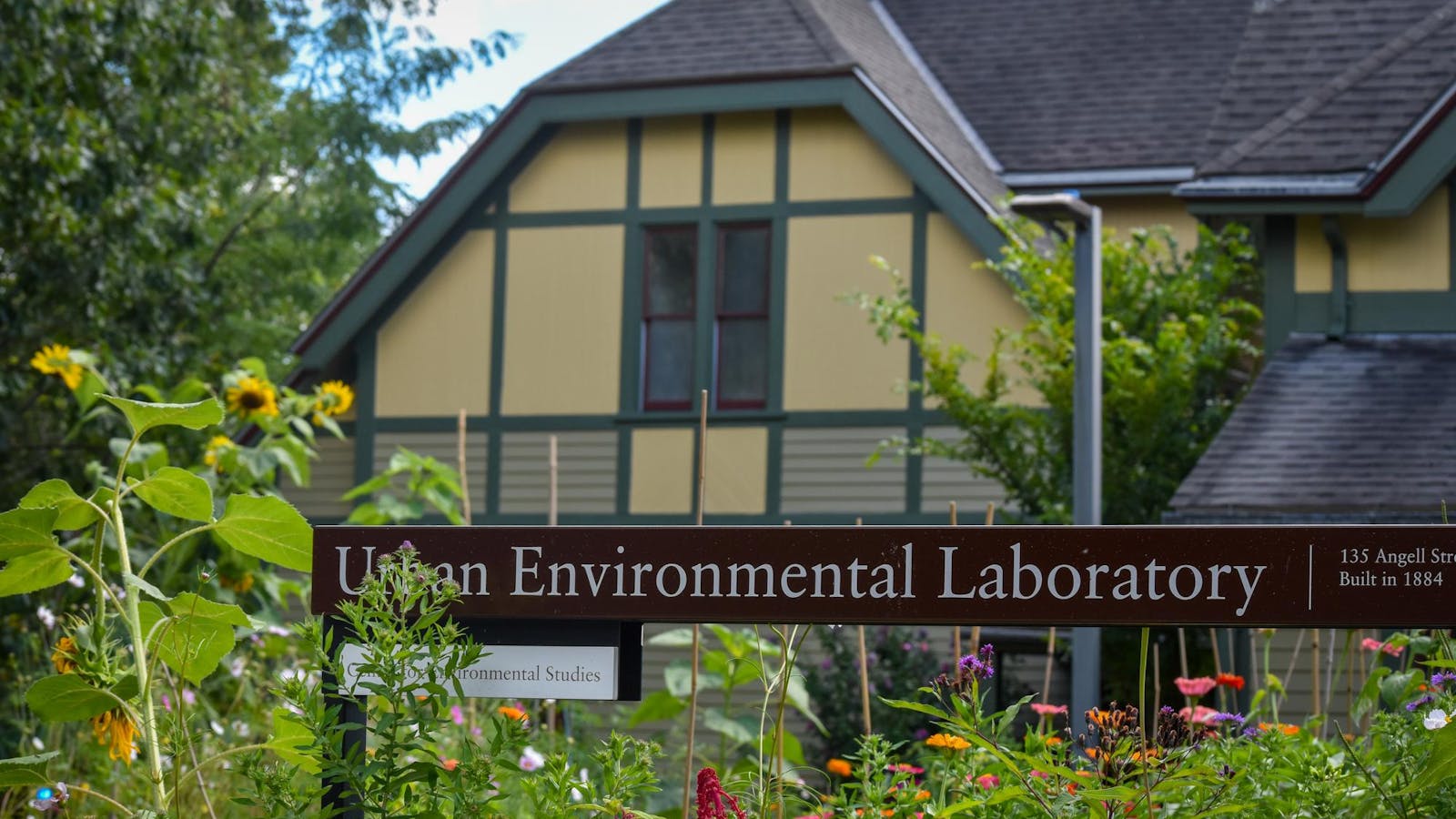
In a surprising turn of events, the University has temporarily halted its ambitious carbon reduction initiatives, citing ongoing financial challenges. The decision, announced last month, reflects the institution's struggle to balance environmental commitments with economic constraints.
Despite the university's long-standing commitment to sustainability, the current financial deficit has forced leadership to press pause on critical green strategies. This unexpected development has sparked conversations about the delicate intersection of environmental responsibility and fiscal management in higher education.
While the carbon reduction efforts are temporarily suspended, university officials remain optimistic about resuming these crucial sustainability programs once the financial landscape stabilizes. The pause serves as a stark reminder of the complex challenges institutions face when trying to maintain both environmental and financial health.


